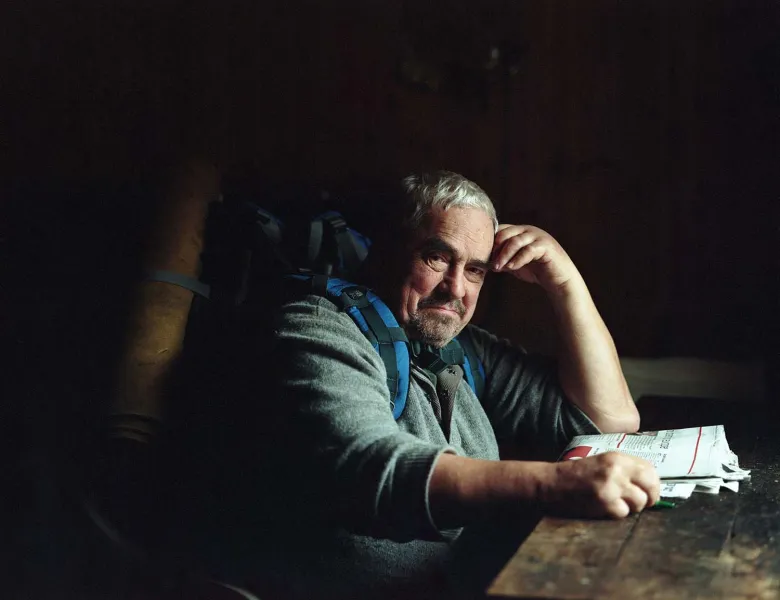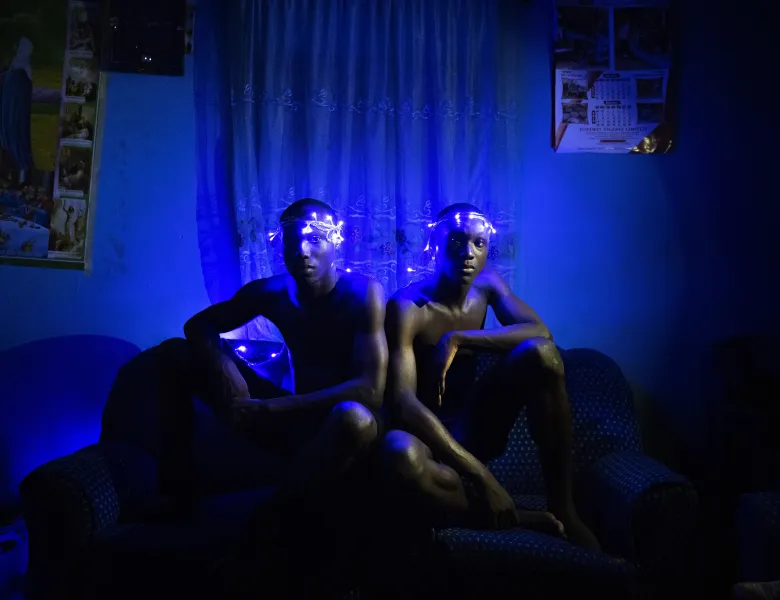60 seconds with...2020 ZEISS Photography Award judge Louise Fedotov-Clements
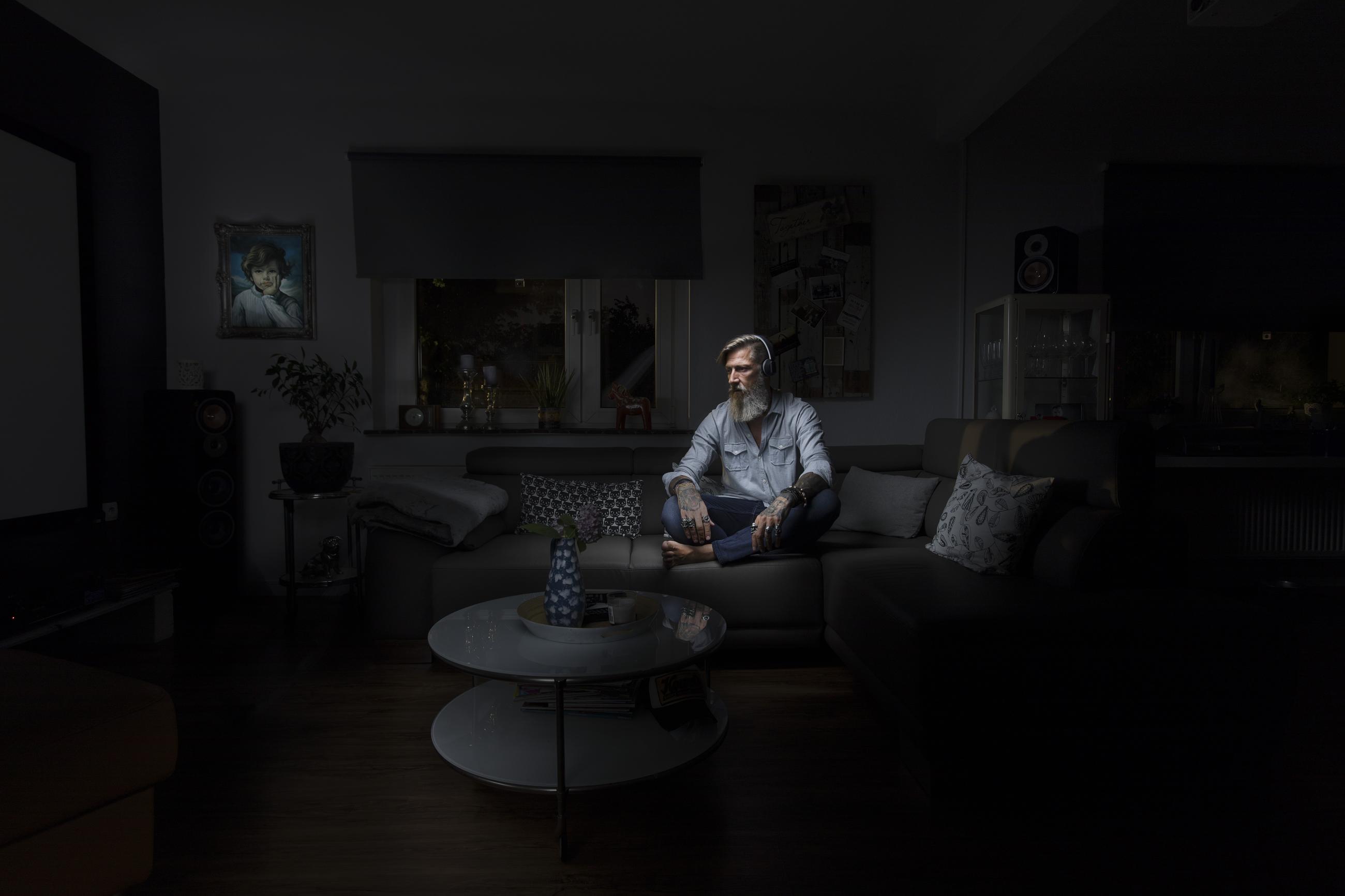
"Open calls can refresh the scene by enabling us to find individuals that we wouldn’t ordinarily encounter within our spheres of reference," says 2020 ZEISS Photography Award judge Louise Fedotov-Clements. She reveals more about how best to approach entering photography competitions and what to consider when presenting work.
When you're judging the ZEISS Photography Award you won't be shown the photographers' name or nationality - just the series description and images. What are the advantages of this type of judging?
To be honest I’m not keen on blind judging, I'm interested in understanding the stories and person behind the images. However the benefits can be that the photographs fully speak for themselves, it means that they need to work harder to communicate the content and it reduces the amount of detail available in terms of the origination, research and context, but it also eliminates preconceived knowledge about the photographers and equalises the playing field.
Why should photographers enter photography competitions?
Good quality open calls can offer a special opportunity to recognize outstanding individuals working with photography, it's a way for curators to find new talents, open calls can refresh the scene by enabling us to find individuals that we wouldn’t ordinarily encounter within our spheres of reference. As a jury member it's fascinating to see the range of ideas and approaches throughout the submissions, exploring multiple subjects from long-form documentary to wider cultural, economic and political concerns to conceptually or playfully driven series, digital, analogue, generative, performative and beyond.
I enjoy looking through the submissions several times and getting to know the works, and then making a selection that really starts to resonate in terms of content and the quality of image-making alongside the strength of the series or individual photograph. It is also true, similar to other jurors, that I talent scout photographers to recommend or save for other projects while looking though, open calls are often a place where I encounter interesting artists who I may follow for a number of years and whose website I may visit to see what else they are doing.
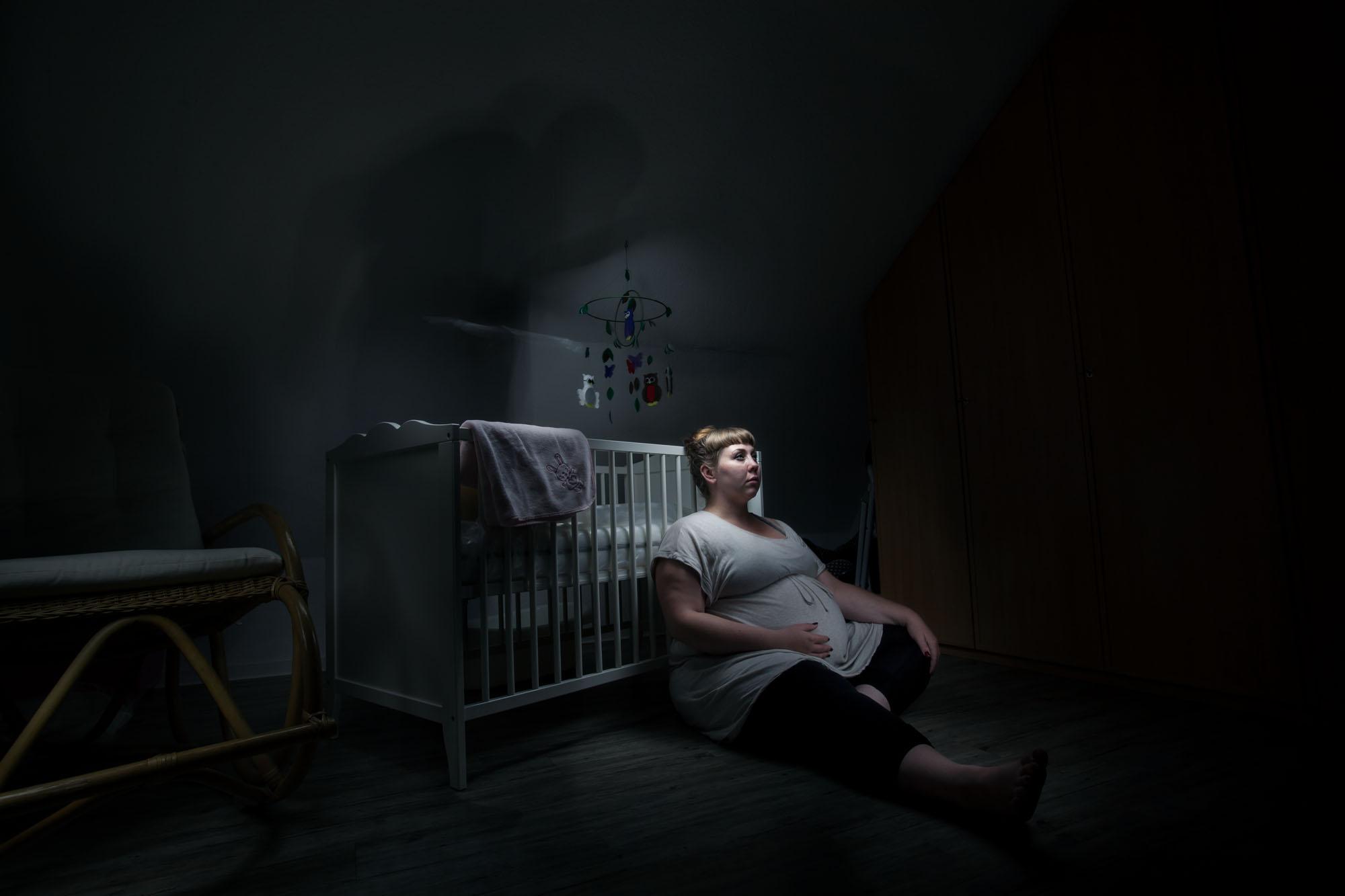
What three tips would you give to a photographer entering a competition?
Sometimes photographers forget to include the most obvious things, such as contact details, or they mix bodies of work without intention or separation. Sequencing and editing are very important elements of being a professional photographer, it can take many years to develop these skills. Most jury members will be able to see past a poor edit/sequence and are able to understand the potential of the works. If you would like to get better at it, one way to practice is to print out the images and stick them to a wall, rearrange them, live with them for as long as possible, reduce them down until a selection emerges, then share with a few people to see if it communicates in the right way. Don’t be scared to lose a sentimental image for the greater good of the project.
It is also important to attend portfolio reviews, explain the focus of your series (10 to 20 images) ask the reviewer to organise the sequence according to what they think would work best, photograph each response for a record and consider which direction to take with the work.
As with most jury processes, it is a challenge to view the work online, to appreciate the depth and nuance of ideas and intention, therefore it is important to make submissions clear, don’t add in unnecessary work and texts to fill out the allocated space for the sake of it, less is more, focus on the strength of the work.
Another aspect of applying for an open call, alongside selecting the images, is writing the text/statement, preparing a bio, making sure the website is updated. These are all good things to do to maintain the momentum and presentation of your work. It is very important for the Jury to read something about the series or images. The best statements are honest and clear, talk about what is most important to consider with the work, whether it is a story, fiction, participant narrative, practical detail, or how it sits within your wider practice as an artist, if you want the work to speak for itself that's fine, but maybe think about what else you can say about the place where it was shot or any other detail that might be of interest. Don’t waffle with superfluous words, also consider asking someone else to write about the work and edit a statement from there.
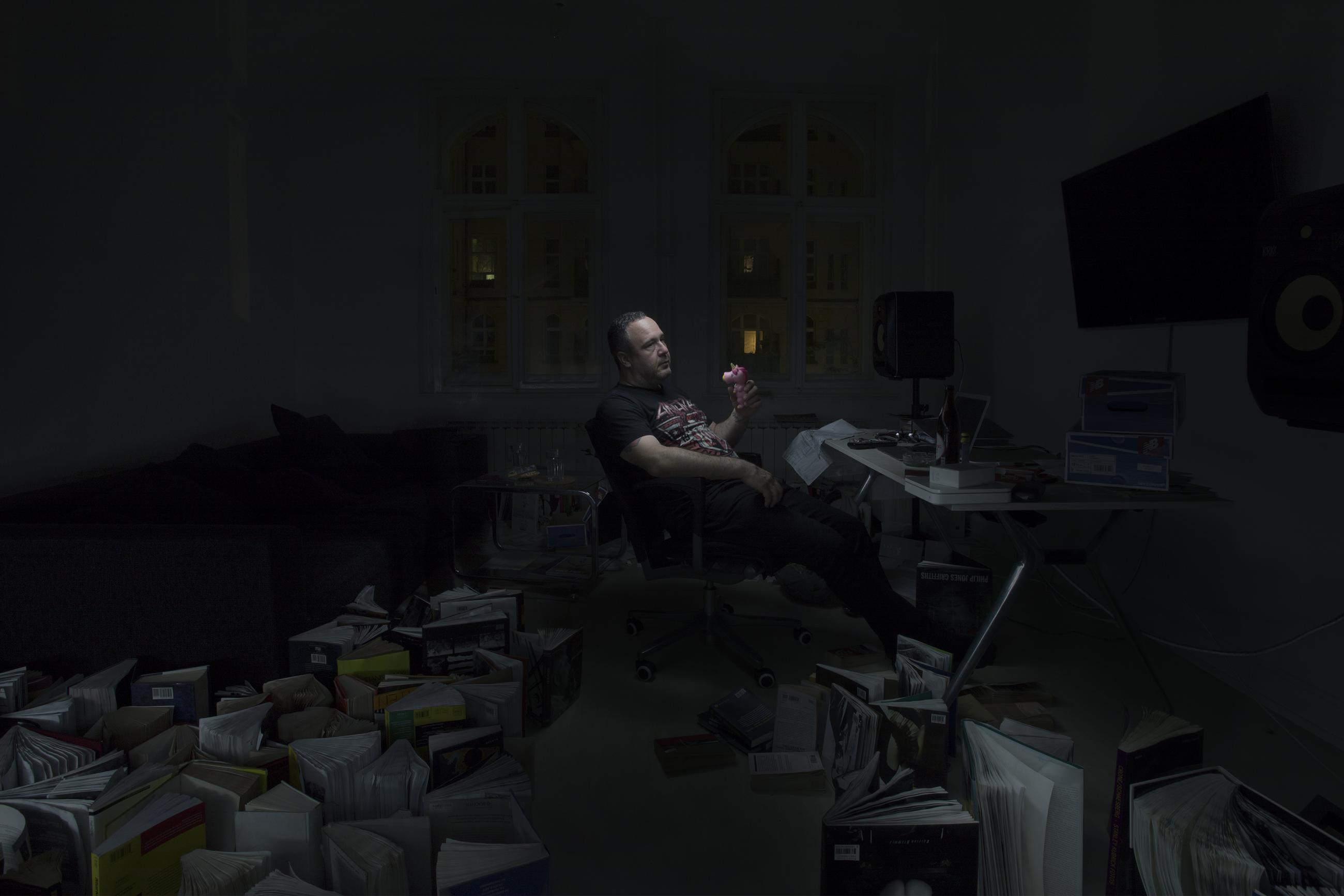
In your experience, what photography do people tend to engage with the most in an exhibition environment?
The answer to this question is varied, but generally speaking content and strong images are important, audiences are interested to encounter compelling ideas and stories, be they abstract, poetic, documentary or sensational, and to see images that communicate. The relationship between artist and curator is very important, often being an artist entails building a team in order to write about, produce, present and articulate the work in the best way. The exhibition is a situation in which the works can speak to a wide audience, it is always important to gauge the response and consider feedback in relation to future works. The way that works are installed, together with relevant interpretation, also draws attention and elaborates on the messages and ideas.
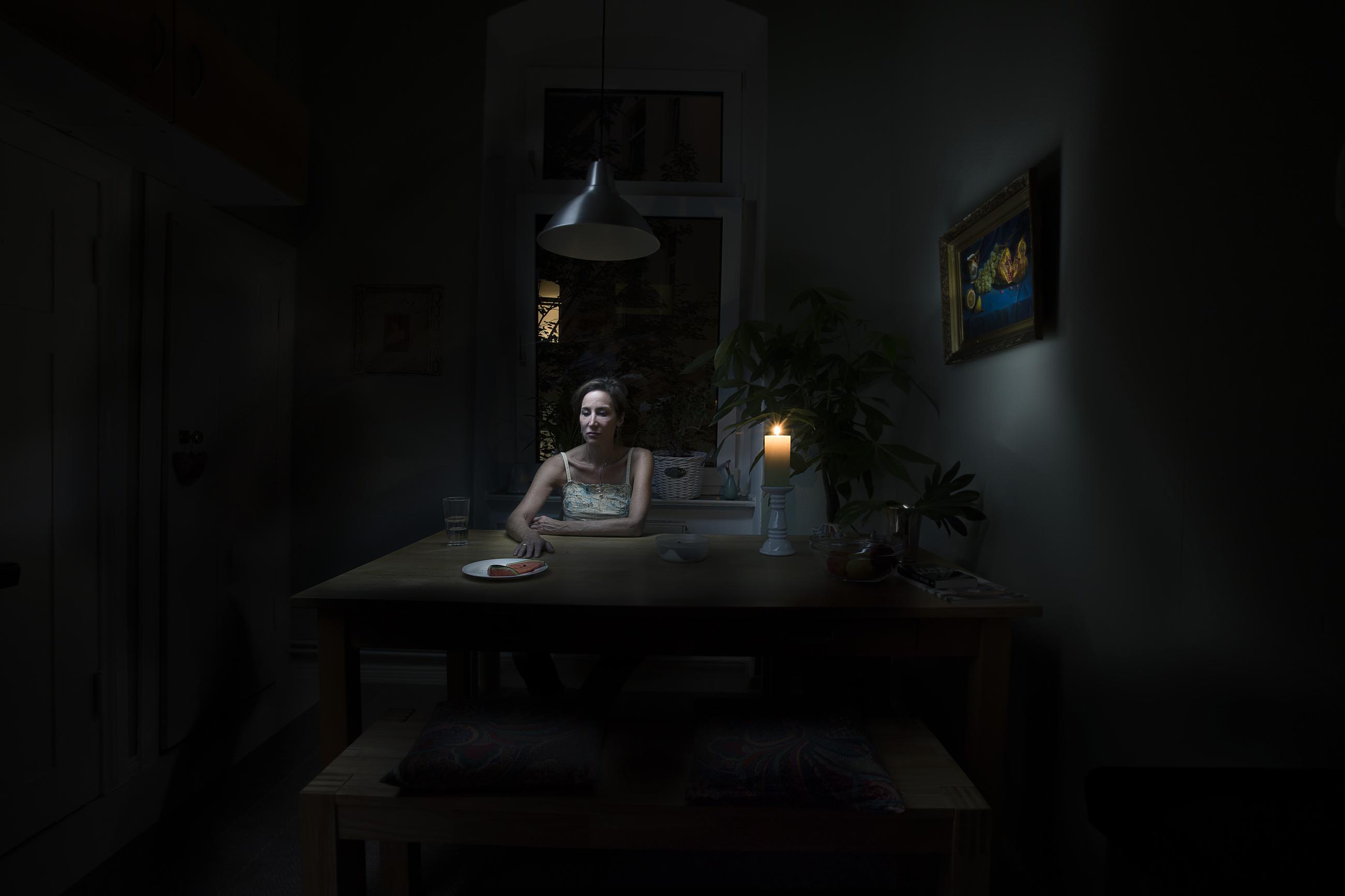
What can a printed image teach us that a digital image never can?
I’m open-minded about how to view works, I am comfortable with images on screens and appreciate how they would look printed as relevant. However, if the photographs are hand prints produced in a darkroom or have some other aspect of physicality then it is essential to see the material objects. I think it is less about digital versus print, it's more about how the sequence can be presented in a physical space. To see a group of images in a line, grid or varied installation that plays with scale, light, materials and proximity can expand and enhance the content of the works. Seeing digital images one at a time or contact view can limit this experience.
How have you seen photography festivals change over the past five years?
The first photography festivals emerged over 50 years ago in Portugal, United States of America and France. They've since been joined by hundreds all over the world. I started FORMAT in 2004, there's been a huge amount of change since then with the start of web 2.0, social media and the development of mobile devices. Over the last few years a rise in the number of photo festivals can be tracked in parallel with the development of the internet and social media. Ever since we have been able to command our own space online through blogs, online magazines, websites and dialogues on social media, the voices and number of images that we can access and interact with have risen from thousands to billions. In the last five years the rise of the photobook and self-publishing has been a significant feature in the development of photography.
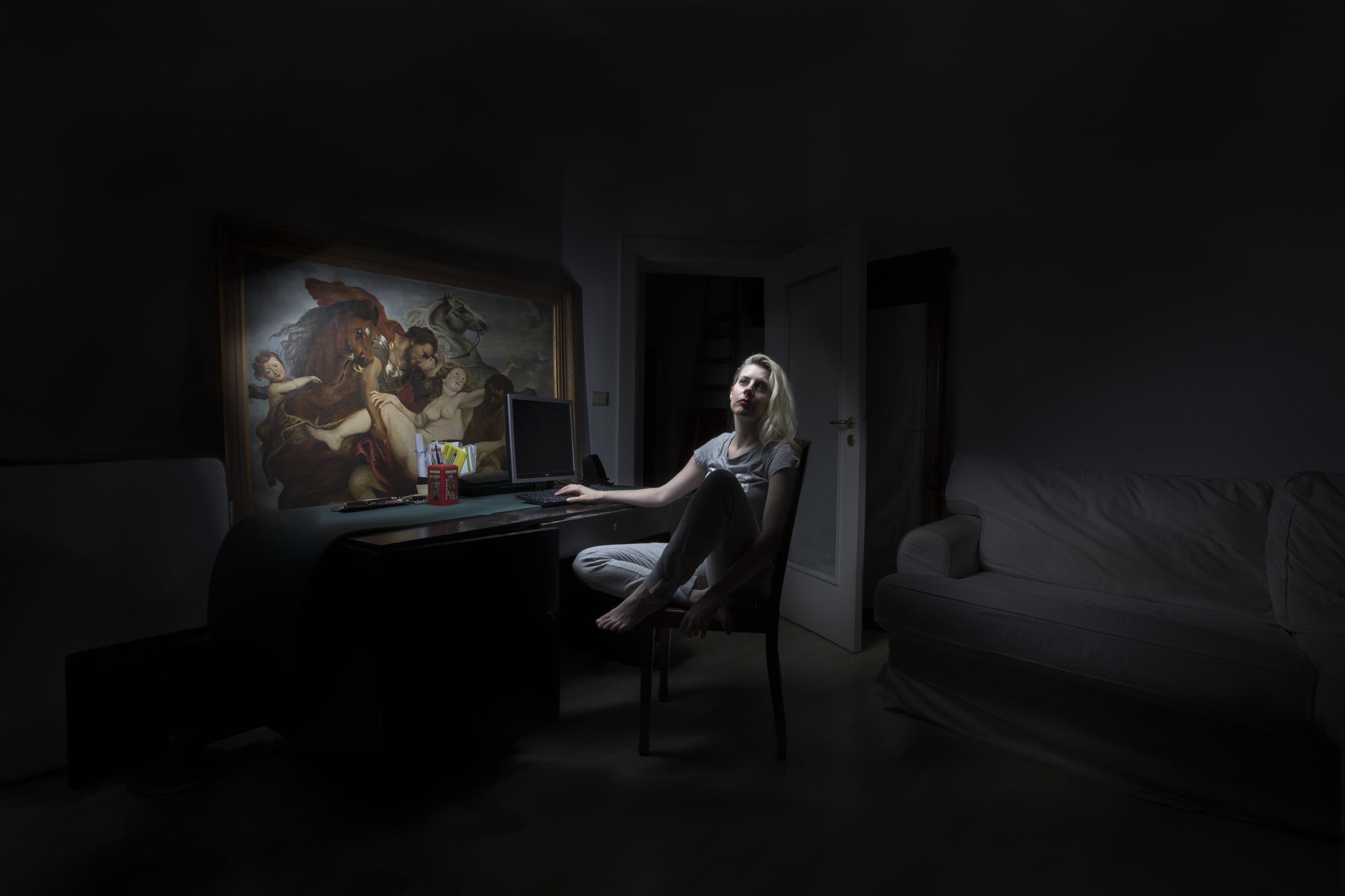
Louise Fedotov-Clements is the Director of FORMAT International Photography Festival and the Artistic Director of QUAD. An independent curator since 1998, she has initiated many commissions, publications, mass participation and exhibitions. A guest curator for numerous international exhibitions and festivals, including: DongGang Photography Festival; Photoquai Biennale; Les Rencontres d’Arles, Discoveries; Venice Biennale; Photo Beijing; plus li Shui Photography Festival. She’s contributed to many publications and is part of the Rvm Magazine editorial team. She is a regular juror, portfolio reviewer, speaker and award advisor throughout Europe, America and Asia.
Louise joins the judging panel for the 2020 ZEISS Photography Award. Enter your series relating to Seeing Beyond: Discoveries before 4 February, 2020 at 13:00 (GMT).






